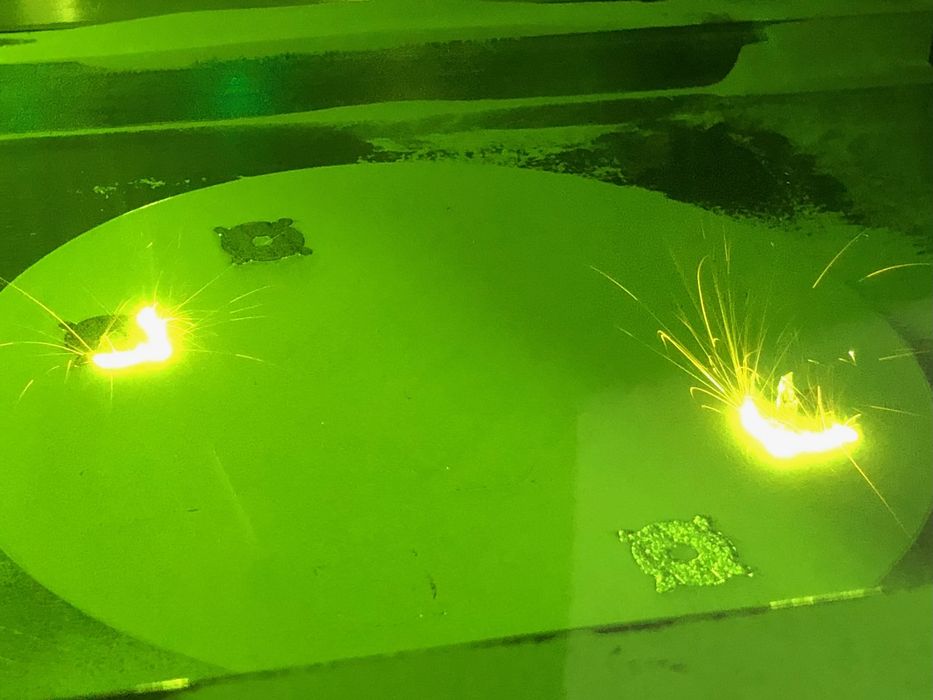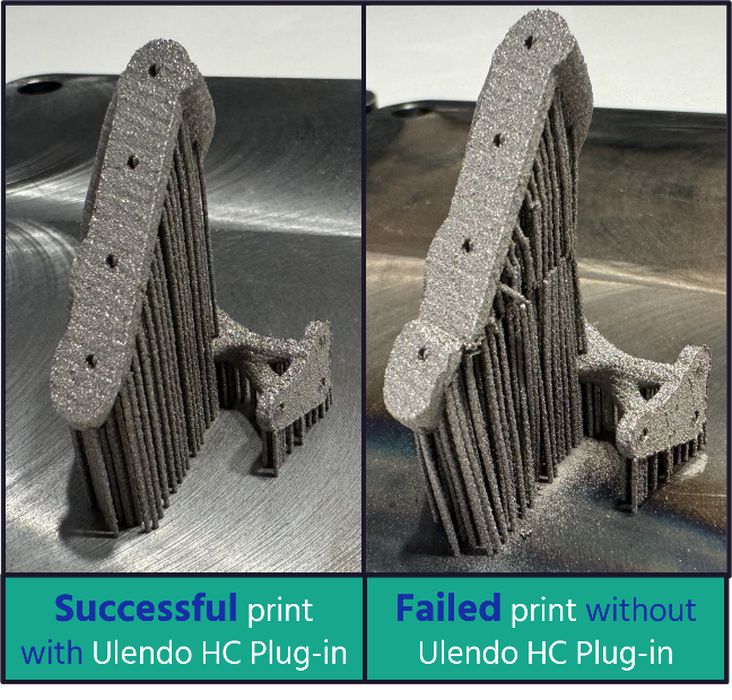
Ulendo announced an entirely new capability for their advanced 3D print optimization software tools.
The company emerged a couple of years ago with an amazing way to optimize FFF 3D printing. Their tool virtually eliminated vibration, allowing FFF devices to print faster and still maintain high quality output.
Today that feature, along with other FFF firmware, dominates the desktop FFF market. High speed, high quality machines are now everywhere.
Recently we heard rumors that Ulendo was working on a completely different product, and now they’ve announced it. It’s a new add-in for Dyndrite’s LPBF Pro 3D print platform. This software is used to prepare and manage jobs on LBFP equipment, typically used with machines from Aconity, EOS, Renishaw, Nikon SLM, Xact Metal and others.
What does this add-in do? It’s focused on the eternal problem of thermal management in metal LBPF 3D printing.
During metal 3D printing with LPBF processes, a powerful laser is melting metal particles at very high temperatures. This heat is naturally conducted through the in-progress print, and can mess with the geometry of the result. Parts can be distorted, cracked or even fail the entire job in some cases.
Today most LPBF operations are aware of this phenomenon and take steps to overcome thermal issues. This is typically done by simulations that show where failures could occur. The operators then take action, through parameter tweaks, support structures or reorientation, to resolve the issue. Sometimes it takes several attempts to get a clean print, which is wasteful and time consuming.
Ulendo’s new “Heat Compensation” (HC) add-in attempts to resolve the issue directly from the job preparation software. Using their advance algorithms the software can not only predict where issues will be found, but also solves them through appropriate adjustments — all automatically.
Ulendo explains:
“With Ulendo’s laser path optimization, LPBF printer users can bypass the traditional “trial and error” approach for selecting a scan strategy. By simply activating the Ulendo HC algorithm within the Dyndrite LPBF Pro software, the laser path is automatically optimized to significantly reduce thermal-induced distortions and part stress. This not only saves material costs by eliminating guesswork but also enhances the quality of printed parts, reducing both post-processing time and expenses.”
They say that they can “cut mean deformation by 50% and residual stress by 88%”, which is significant.

Eliminating a number of failed print jobs can provide large benefits not only because the turnaround time on parts decreases. There’s also an issue with the materials used: metal powder can cost hundreds of dollars per kilo, and once used in a print job, the powder is considered “used”. Normally metal LBPF 3D printers have a maximum ratio of used to fresh powder, so most of the build chamber’s powder is affected. It’s not just the cost of the material for the part: it’s all the powder used in the failed job.
Not only does HC address printing challenges, but it can also provide benefit after printing. With less distortion of the part, less post processing might be required on many parts. Post processing is a very expensive and time consuming stage of part production using additive manufacturing.
For Dyndrite, this is apparently the first add-in for their increasingly sophisticated software platform. We’ll likely see more as time passes.
Via Ulendo
